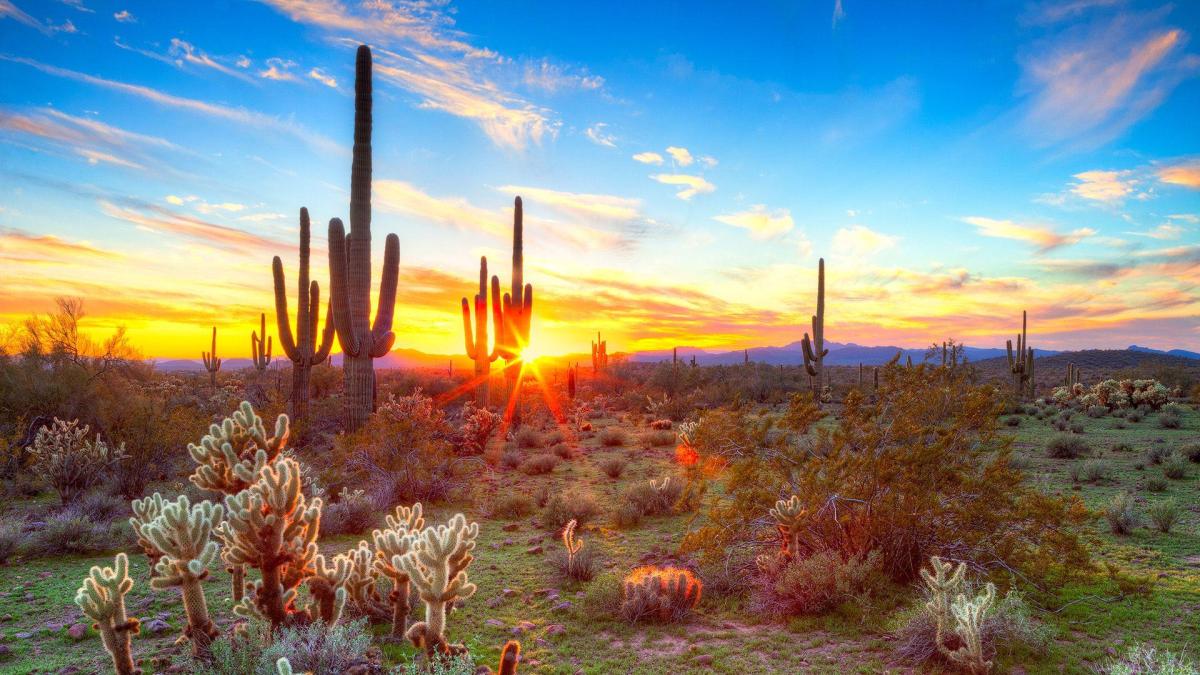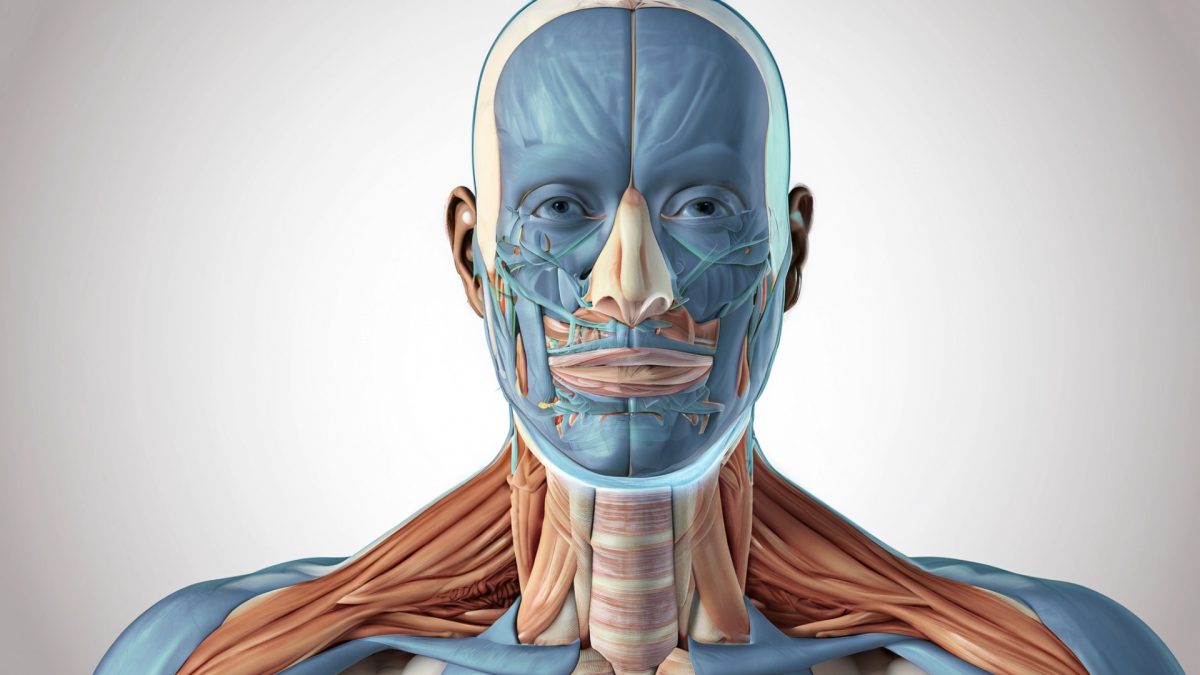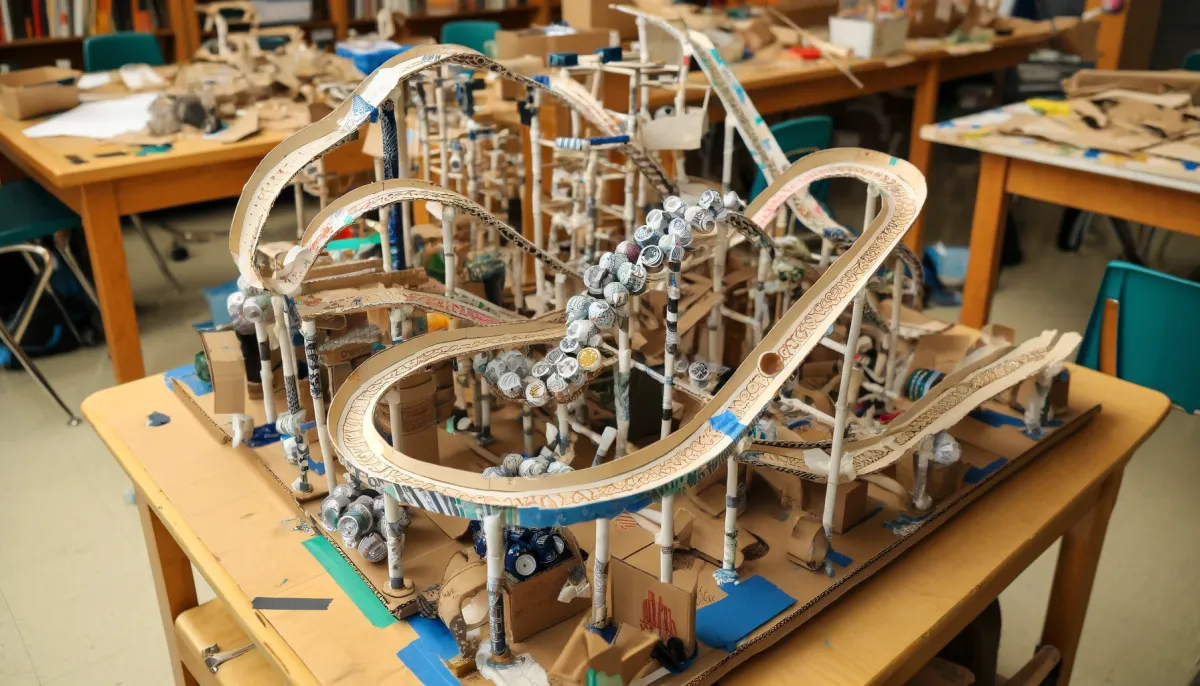
Volcano!
by Sarah Bailey
In this lesson, students will read about volcanoes (using teacher chosen books and Readworks.org passages) as well as watch videos to see them in real life. They will then create their own volcano and make it erupt three times to see new land forming. They will record changes to the land by cutting and measuring paper based on where the lava flowed. This is a relatively inexpensive and easy way to create volcanoes which students are really interested in.
Lesson Grade Level
2nd GradeLesson Plan Link/URL
https://docs.google.com/presentation/d/1RDa40n6sjpenbLne_B-KIhi8-iqNME6C/edit?u…Subject Area
Science Earth and Space Science E1: Earth Systems Engineering S4: Apply Science to Engineering Mathematics Measurement and Data (MD) English Language Arts (ELA) Reading (Informational Text)
Featured
Off
Related Content

Grades:
Kindergarten
Discuss with students how the size and shape of a structure helps to make different areas and shapes of shade. You might briefly discuss how some structures block the sunlight from the top only, while

Grades:
9th Grade, 10th Grade, 11th Grade, 12th Grade
This STEM Argumentative Research Project engages students in exploring the scientific, ethical, and societal implications of themes in Mary Shelley's "Frankenstein." Students will work in groups to

Grades:
7th Grade, 8th Grade, 9th Grade, 10th Grade, 11th Grade, 12th Grade
Students will apply principles of design, engineering, and mathematics to create a physical or digital labyrinth inspired by the myth of Theseus. This project integrates STEM concepts with literature